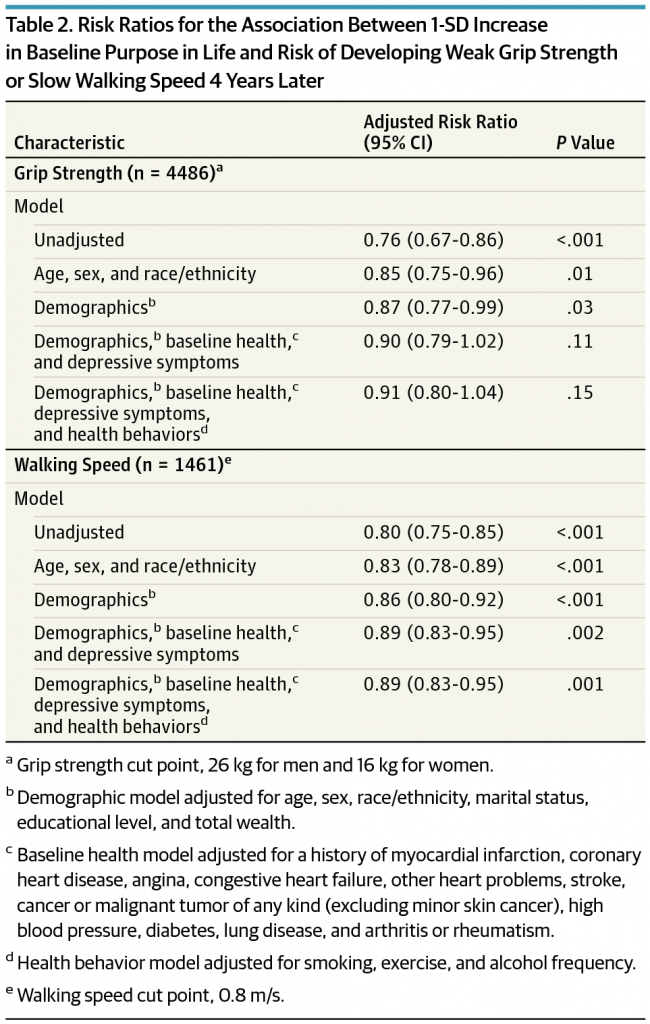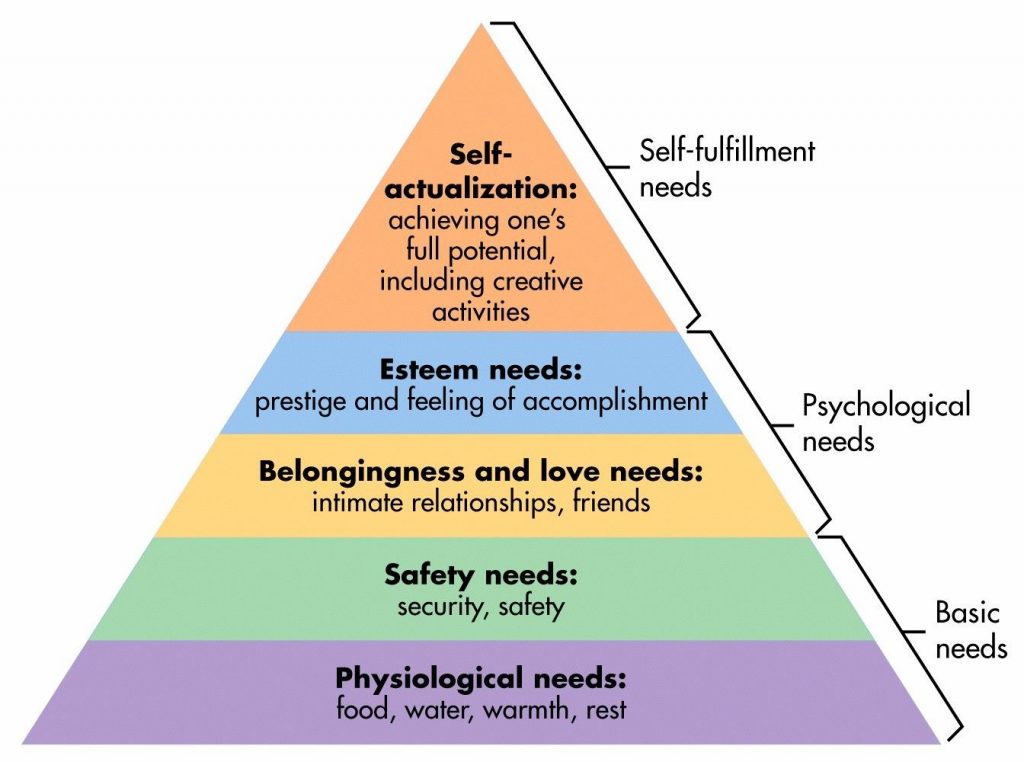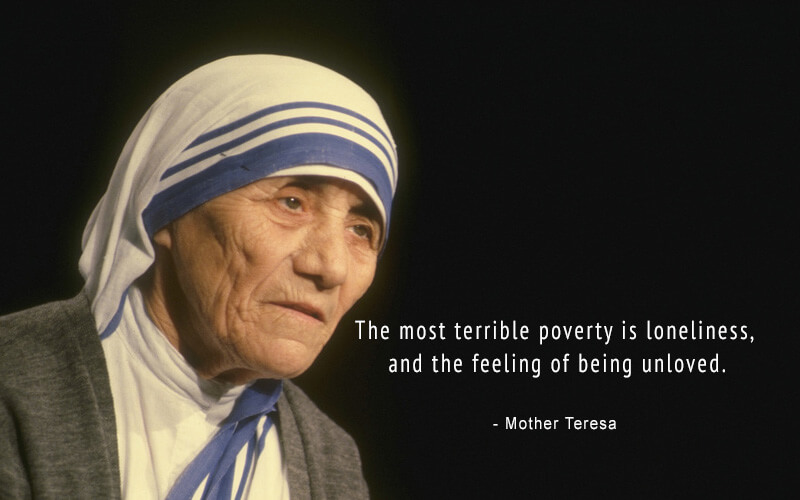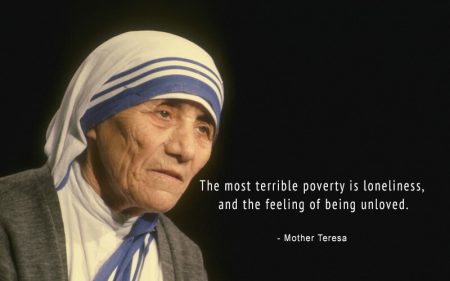 In the U.S., one-third of people age 65 and over have difficulty walking 3 city blocks.
In the U.S., one-third of people age 65 and over have difficulty walking 3 city blocks.
Hold that thought, and consider the role of purpose in life: purpose drives well-being, inoculating one’s life with meaning, direction, and goals, as the On Purpose guru Victor Strecher explains in his amazing graphic manifesto.
Having a higher sense of purpose in life is associated with higher probability of people engaging in healthier behaviors, such as greater physical activity and seeking preventive healthcare; better biological functioning; and, lower risk of disease.
Four researchers from the Harvard School of Public Health connected the dots between those hard-to-walk city blocks, aging, and purpose in their original research published in JAMA Psychiatry this month in Association Between Purpose in Life and Objective Measures of Physical Function in Older Adults.
This is the first study published that evaluates associations between purpose in life and physical function. This study confirms others that have associated psychological factors (such as mastery and optimism) with enhanced physical function based on objective measures.
The table included here shares some of the study data showing correlations between older people over 50 feeling increased purpose in life and lower risk of slowed walking and weakening grip strength. Statistically, each 1-SD (standard deviation) increase in one’s purpose in life was associated with a 13% decreased risk of developing weak grip strength and 14% decreased risk of developing slow walking speeds 4 years later.
“Purpose in life may be one promising and novel upstream factor that serves as a target for improving not only mental health but physical function as well,” the researchers conclude.
They point to recent research demonstrating that a sense of purpose can be improved, such as this meta-analysis by Weiss et. al. asking whether we can increase psychological well-being? The answer is “yes,” and points to the promise of investing more in mental and behavioral health for the betterment of peoples’ sense of purpose.
 Health Populi’s Hot Points: Many of you saw this triangle diagram in your high school or college Psychology 101 classes: it’s Maslow’s Hierarchy of Needs. Depending on whether you were paying attention, you may recall that “belongingness and love needs” are in the belly of the hierarchy. Belongingness and love — intimate relationships and friends — are central to our well-being and basic needs, like clean water and safe shelter.
Health Populi’s Hot Points: Many of you saw this triangle diagram in your high school or college Psychology 101 classes: it’s Maslow’s Hierarchy of Needs. Depending on whether you were paying attention, you may recall that “belongingness and love needs” are in the belly of the hierarchy. Belongingness and love — intimate relationships and friends — are central to our well-being and basic needs, like clean water and safe shelter.
These are the social determinants of health beyond the healthcare system. And this one featured in the study, purpose, speaks to basic psychological needs in the hierarchy — self-actualization, esteem, security, in addition to the physiological needs of food, water, warmth, and rest (read “sleep” for most of you Health Populi readers).
The opioid epidemic in the States is but one manifestation of the association of purpose in life and mental/physical function. The findings in the research published in JAMA Psychiatry can extend beyond older people to younger people.
 Mother Teresa recognized that, “loneliness and he feeling of being unwanted, is the most terrible poverty.” She also said that, “loneliness is the leprosy of the modern world.”
Mother Teresa recognized that, “loneliness and he feeling of being unwanted, is the most terrible poverty.” She also said that, “loneliness is the leprosy of the modern world.”
When we who work in health and healthcare utter the words “connected health,” we should be mindful of the phrase’s two meanings and bake social connections into policy and practice.





 I love sharing perspectives on what's shaping the future of health care, and appreciate the opportunity to be collaborating once again with Duke Corporate Education and a global client on 6th May. We'll be addressing some key pillars to consider in scenario planning such as growing consumerism in health care, technology (from AI to telehealth), climate change, and trust -- the key enabler for health engagement or dis-engagement and mis-information. I'm grateful to be affiliated with the corporate education provider
I love sharing perspectives on what's shaping the future of health care, and appreciate the opportunity to be collaborating once again with Duke Corporate Education and a global client on 6th May. We'll be addressing some key pillars to consider in scenario planning such as growing consumerism in health care, technology (from AI to telehealth), climate change, and trust -- the key enabler for health engagement or dis-engagement and mis-information. I'm grateful to be affiliated with the corporate education provider  Thank you FeedSpot for
Thank you FeedSpot for